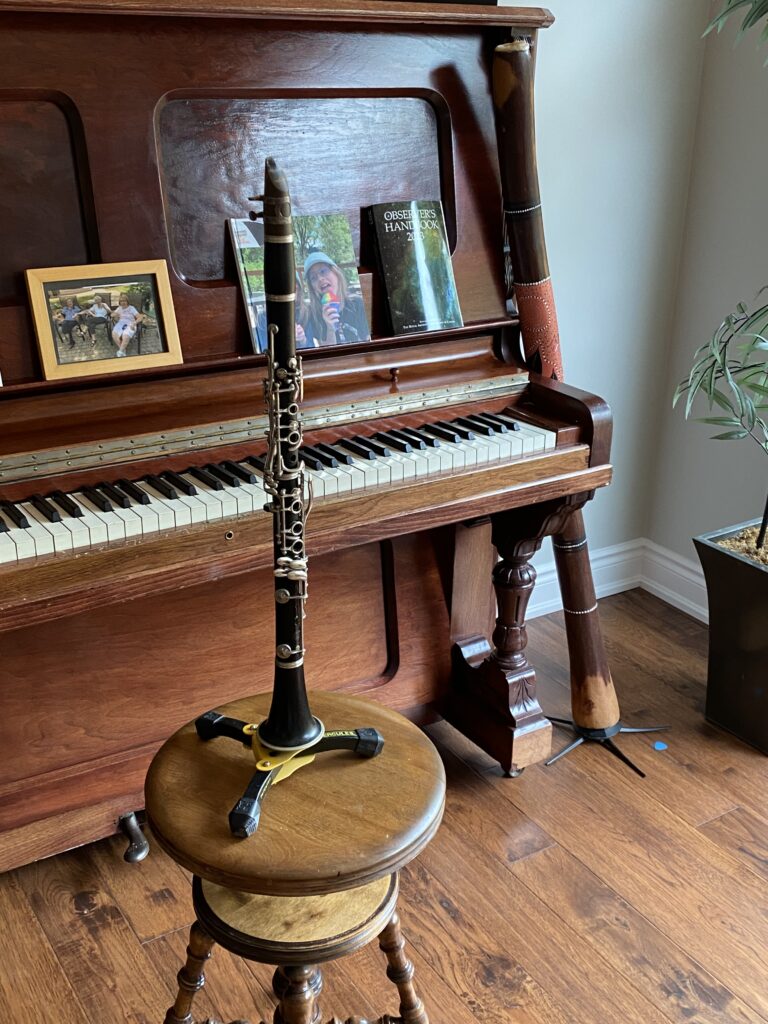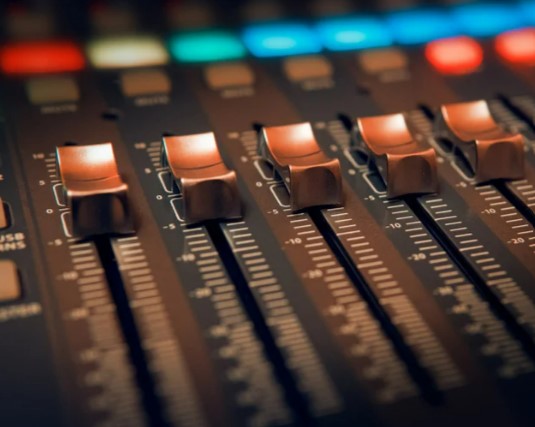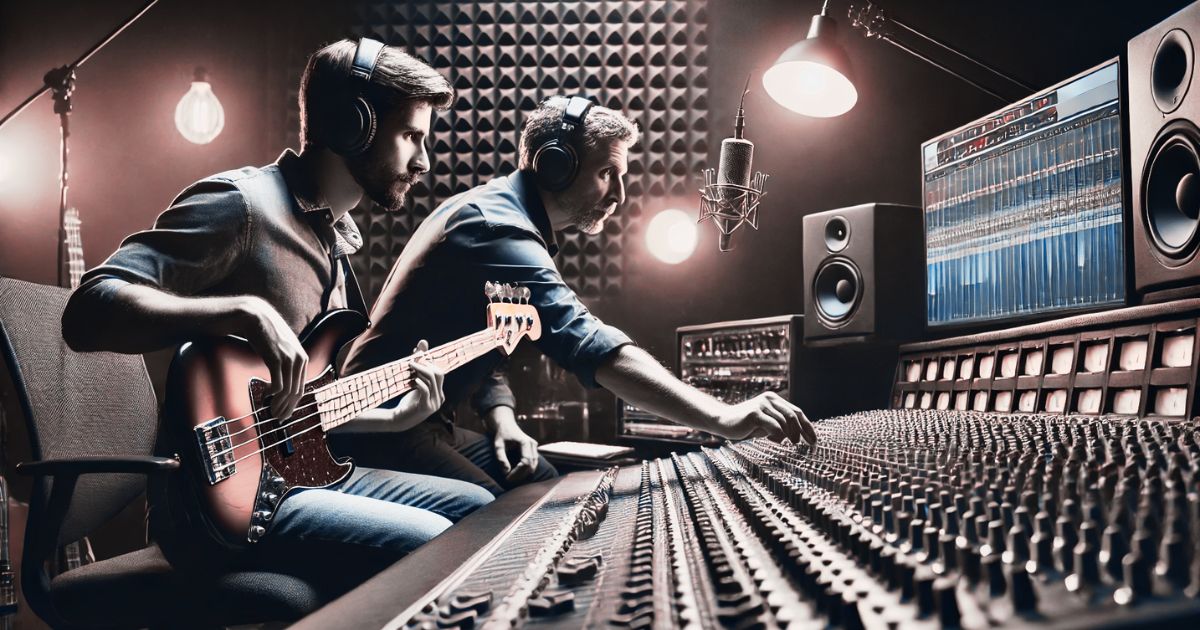From time-to-time I clinically see a performing artist who plays in a rock, jazz, or pop music group who is having difficulty staying on key. And, from time-to-time, I also see audio engineers who have a hard time with the equalization of their music, either in a live venue or while mixing music in a studio.
Here are two clinical suggestions that can improve their ability to monitor their music, and extend their performing careers.
Clinical suggestion #1- Move Closer to the Bass Player
 There are many types music that have built-in musical keys that are evident to everyone regardless of their musical training or abilities. Two examples include Celtic music where a bag-pipe drone is audible and Hindustani Vedic music where a drone is used. In both of these cases, as long as the drone (a single bass note) is audible, the hard of hearing musician can easily “figure out” the key of the music and play those notes and chords that are in that particular key, or in a related key such as the relative minor (e.g. C and A minor).
There are many types music that have built-in musical keys that are evident to everyone regardless of their musical training or abilities. Two examples include Celtic music where a bag-pipe drone is audible and Hindustani Vedic music where a drone is used. In both of these cases, as long as the drone (a single bass note) is audible, the hard of hearing musician can easily “figure out” the key of the music and play those notes and chords that are in that particular key, or in a related key such as the relative minor (e.g. C and A minor).
Playing a note with the proper sharps and flats will result in a harmonically correct result. (Although my music teacher says that this is a “funky” key whenever I make a mistake- he sort of lets me off the hook, despite me being wrong- maybe I should ask him to play his bass).
For those types of music that do not have an identifiable drone such as western rock, pop, and jazz music, the bass player is the most important musician in the group.
This is the musician who ties everything together and ensures that the music is harmonically optimal- the bass-line functions as a drone, but unlike Celtic or Vedic music, the bass-line changes as the key changes.

Increasing the monitoring of the bass player by use of in-ear monitoring, or simply moving closer to the bass player, will provide improved cues regarding the key(s) of the music. This is true for hard of hearing musicians as it is for those with normal, or near-normal hearing.
Clinical suggestion #2- Mix the Music at a Higher Sound Level
 It is commonplace for a hard of hearing audio engineer to have their “front of house” mix or their recording mix viewed as being either too “bright” (too much high frequency boost) or too “dull” (too little high frequency boost). And unfortunately, audio engineering racks only include equalizations that are not level dependent, as are hearing aids. An equalization may be for one sound level, but not for others. In contrast, modern hearing aids can provide amplification (“equalization”) for soft level inputs, medium level inputs, and high-level inputs.
It is commonplace for a hard of hearing audio engineer to have their “front of house” mix or their recording mix viewed as being either too “bright” (too much high frequency boost) or too “dull” (too little high frequency boost). And unfortunately, audio engineering racks only include equalizations that are not level dependent, as are hearing aids. An equalization may be for one sound level, but not for others. In contrast, modern hearing aids can provide amplification (“equalization”) for soft level inputs, medium level inputs, and high-level inputs.
However, in many cases a hard of hearing sound engineer may only require several decibels of amplification, if any, for high level inputs. In fact, for up to a moderate sensori-neural level hearing loss, for high level inputs, 0 dB of amplification may be required (Chasin, 2012).
A useful strategy in order for a hard of hearing musician or audio engineer to obtain the correct balance in their music could be to mix (or adjust their equalizer) at a higher sound level at around 80 or 85 dB. Because of the characteristics of equal loudness contours and the natural compensation of the damaged cochlea at higher sound levels, this should provide the audio engineer with the proper mix of the music. Brief exposures to higher levels of music should be quite safe, as the determination of the correct mix/equalization should take minutes, rather than hours.
So, hard of hearing musicians and audio engineers should make friends with the bass player and not be afraid to mix and determine the front of house equalizations, at higher sound levels.
Reference:
Chasin, M. (2012). “Okay, I’ll just say it: Maybe people should just remove their hearing aids when listening to music.” Hearing Review, Vol. 19, No. 3. 74.






